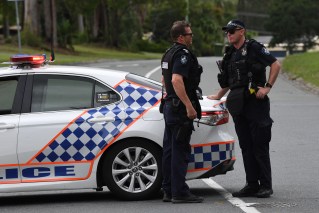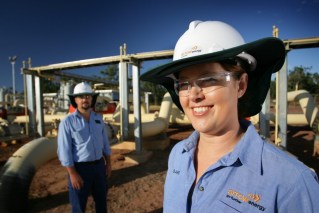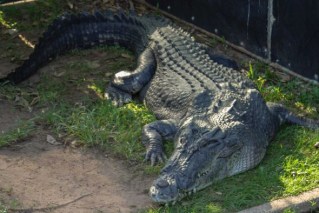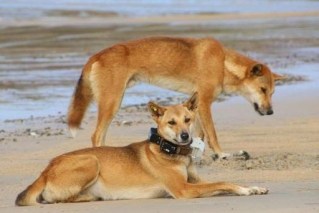What’s your beef? Qld’s own cattle breed steaks its claim on the menu
A distinctly Queensland cattle breed is undergoing a marketing makeover, where the motivation for change is more than skin deep.


It’s as Queensland as Bundaberg Rum and the Great Barrier Reef.
Yet outside cattle industry circles, the Droughtmaster breed is little known among red meat consumers.
That’s hardly surprising. For more than 60 years, proponents of the breed have been content to let it play more of a background role as a crossbreeding option or a key supplier of the bulk commodity market or live export trade.
When it comes to star billing on menus, cattle breeds such as Angus, Wagyu and Hereford have taken the lion’s share of the limelight.
That’s a direct result of clever marketing by those behind those particular breeds, as well as good genetics and animal husbandry that have produced delicious and consistent eating quality.
They also have what might be described as marketing-friendly names – suitably neutral that they can be ascribed attributes the consumer finds tantalising, such as tenderness, flavour and that all-important marbling.
Droughtmaster, on the other hand, is a name that lends itself more to functionality than fashion.
Bred to withstand Queensland’s harsh conditions, variable weather and abundant pests, Droughtmaster, as the name would suggest, was never conceived to be a consumer-interfacing brand.
That thinking was officially relegated to the past in Brisbane last week, with Droughtmaster Australia unveiling a new-look and new pitch to consumers to look out for the brand and ask for it by name when shopping or dining.
“We are asking Australians up and down the beef supply chain to embrace our breed,” the organisation’s general manager Simon Gleeson told media on Friday.

Droughtmaster Australia general manager Simon Gleeson.
“That means more breeding by cattle farmers, more butchers, hoteliers, and restaurateurs buying and selling Droughtmaster beef, and more members of the public asking for Droughtmaster beef when they dine out or shop.
“It’s time to ask for Droughtmaster by name.”
With Droughtmaster cattle in the top five breeds run in stud and commercial herds throughout Queensland, chances are that beef consumers are regularly buying Droughtmaster beef in their weekly shop.
Gympie meat processor Terry Nolan, who incorporates Droughtmaster beef in his premium Private Selection range, told InQueensland the new imperatives driving consumers’ purchasing decisions, such as environmental stewardship and ethical treatment of animals would suit the breed well.
“We’ve been buying Droughtmaster cattle for years and putting them in our Wide Bay feedlot along with all the other breeds we buy in and they perform just as well as a high-quality product at the other end,” he said.
“But they also have great adaptability to the Queensland climate. They do well on country that doesn’t get high rainfall, they use pasture and water efficiently, they don’t need to be sprayed with lots of chemicals to protect them from pests and they don’t need a lot of grain feeding.

Gympie meat processor Terry Nolan, pictured at his Wide Bay feedlot.
“My view is that consumers are moving away from high marbled meat which requires more water and more grain and more time in feedlots in preference for lower marble scores, more flavour and more environmentally sound production.
“Droughtmaster is well-positioned to fill that market and the times will suit them.”
The unveiling of the new Droughtmaster brand comes as the Australian livestock industry generally continues to battle questions over how long it can maintain its social licence to operate and how it must change to avoid becoming the ‘black coal’ of the farming sector.
Gleeson acknowledged the challenge to reporters last week, but positioned his breed to take advantage of any tide-change in public opinion.
“2020 and beyond represents a new era for Droughtmaster,” he said.
“The cattle industry is the lifeblood of Australia, but like many primary sectors, it is facing major questions around sustainability, versatility and long-term production, and Droughtmaster as a breed can answer them all because the breed was developed for Australian conditions.
“Consumer demands are changing rapidly. Supply chains want greater yield and there is an unmistakable push for improved animal welfare and for sustainable and natural protein.”
The Droughtmaster breed dates back to the early 1930s when a group of progressive cattlemen led by Monty Atkinson along with Bob Rea at Home Hill, Tom Booth in the Daintree and Professor John Francis, Dean of the Faculty of Veterinary Science at the University of Queensland, recognised the need for a breed to suit the Australian environment, rather than battling on with breeds more suited to the northern hemisphere breeds.
The breed was officially recognised by the National Trust as a Queensland Icon in 2006.












